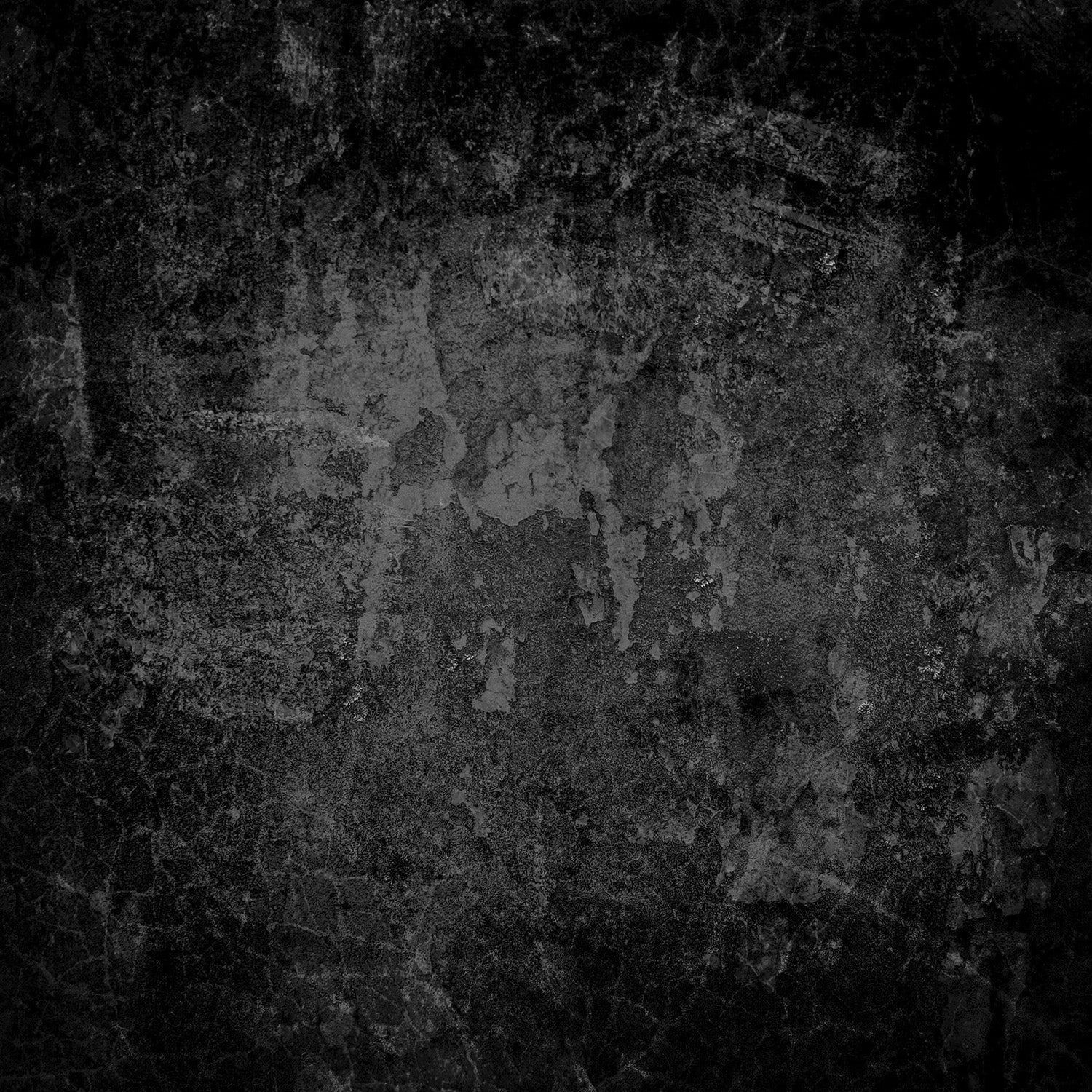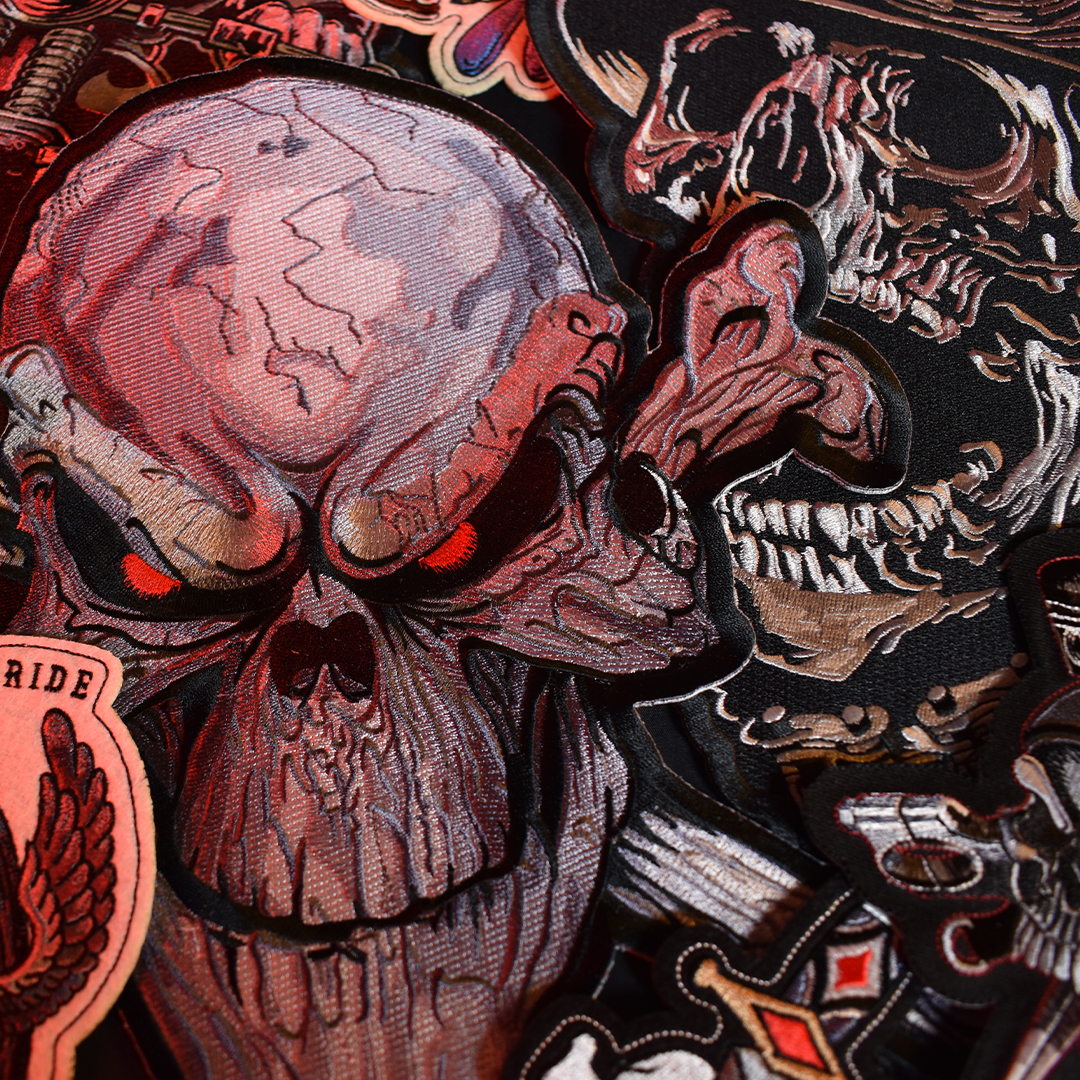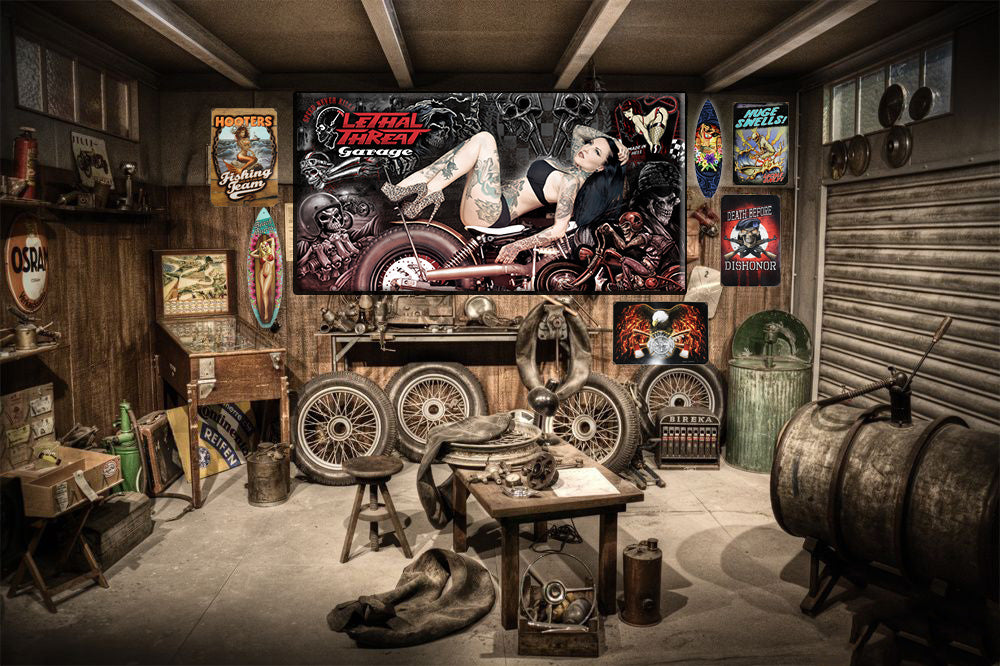Frankenstein's Day: The History of Frankenstein and its Cultural Impact
Written by Josh Sandler
Few figures in pop culture are as immediately recognizable as Frankenstein’s Monster. Created within Mary Shelley’s 1818 novel Frankenstein; or, The Modern Prometheus, the creature has evolved and stood triumphantly as a staple of horror iconography well into the 21st century. Regardless of how much of a horror fan you are, you likely know the look — green skin stitched together with metal bolts through the neck, a flat head, and a burly, lumbering physique. Frankenstein’s Monster is so famous that August 30, Shelley’s birthday, has been officially declared Frankenstein day in honor of the hulking brute. In honor of one of the most celebrated horror figures, let’s look at how the undead beast grew from his roots in romantic horror literature into the most instantly recognizable Halloween costume of all time, and so much more.

Shelley began to write Frankenstein at the young age of 18. The novel tells the story of a scientist named Victor Frankenstein who learns to reanimate dead flesh through unorthodox and morally questionable experiments. Once the creature is created, it becomes clear that his ugliness has made it impossible for him to find connection with others, even leading Frankenstein to despise him. He grows resentful of his creator for bringing him into the world without purpose or meaning, and as the story progresses, he torments Victor to coerce him into creating him a companion. The monster’s point of view is also given in the novel, allowing for readers to gain further insight into how deep his suffering truly is.

Two years later, Shelley released the novel anonymously, only revealing her name in the second edition in 1821. While it may seem commonplace today, stories of scientists playing god and creating monsters were unheard of. Naturally, Frankenstein was met with widespread commercial success upon its release, and it is retrospectively seen as a founding work of science fiction horror. Naturally, the novel’s popularity led to many different adaptations, including countless plays, and eventually films. While the first adaptation was made by Edison Studios in 1910, it was Universal Pictures’ 1931 film Frankenstein that left the largest cultural impact. Featuring famed horror movie actor Boris Karloff as the monster, the film has arguably done more to shape the modern perception of “Frankenstein” than even Shelley’s novel.

The novel’s horror comes both from the hideously descriptive details that Shelley provides for the monster, as well as its unrelentingly grim tone. Despite how he is seen today, Frankenstein’s Monster wasn’t actually green, and although he was certainly large and bulky, he didn’t have any metal bolts in his neck either. Instead, Shelley described him as having “translucent yellowish skin pulled so taut over the body that it barely disguised the workings of the arteries and muscles underneath; watery, glowing eyes, flowing black hair, black lips, and prominent white teeth.” Stomach churning to say the least. The monster also wasn’t as oafish. Shelley’s telling describes him as quite sensitive in fact, longing for a meaningful relationship, and intelligent enough to teach himself how to read.


Universal’s film series depicts the monster with the look we are all familiar with now. He is hardly capable of speaking, and is not intelligent enough to torment people consciously. Instead, the miscreation is depicted as more of a subhuman, not fully aware of the impact that his actions have on others. While he is capable of kindness, it is usually out of a naive innocence, and will lead to a volatile attack if he is provoked, like in a scene where he drowns a young girl that he was previously playing with. He is less angry, or debatably evil, and more misunderstood. Compared to the novel, the film’s horror comes even more from the tension of the monster’s potential bursts of violence.
The film spawned eight sequels over the next two decades, including Bride of Frankenstein, and the comedy Abbott and Costello Meet Frankenstein. Across these decades, the name Frankenstein became less associated with the scientist, and more with the monster. The impact of these films and their depiction of Frankenstein’s Monster could be seen as early as 1938, when cartoonist Charles Addams poked fun at the concept with his character Lurch in the now famous cartoon series The Addams Family. In the 1960’s television adaptation, the character’s mannerisms are even more similar.


Although they took many creative liberties with the traditional story, there have been films based on the classic novel having more to do with the scientist. The British production company Hammer Films released seven Frankenstein movies from 1957 to 1974, usually starring Peter Cushing as the titular character. While these films are only tangentially related to the source narrative of the popular monster, they have garnered a decent amount of success and a cult following. In 1959, a television pilot was made for the Hammer Frankenstein, but due to creative differences on what the series’ focus should be, the project was cancelled.

From the 1970’s onward, the Frankenstein property underwent numerous low budget productions, as well as parodies, like The Rocky Horror Picture Show and the beloved Young Frankenstein from parody filmmaker Mel Brooks in 1974, cementing the Universal Karloff films as classics. The 1980’s demonstrated the renown of Frankenstein’s Monster, as many of the films which featured him did so as a character outside of his own property, like Fred Dekker’s notable 1987 comedy film Monster Squad. The 1990’s saw very little of Frankenstein, with the only notable film to be released being Kenneth Branagh’s 1994 film Mary Shelley’s Frankenstein starring an awkward Robert De Niro as the monster, speaking more to the status of the property at this point in time than anything else.


By the time the new millennium rolled through, Frankenstein had become so integrated into the conversation around horror pop culture, it needed no introduction. Tim Burton had made both an homage film in The Corpse Bride in 2005 and a parody film like Frankenweenie in 2012. Halloween decorations are incomplete without the green undead monster appearing somewhere, and costumes have become commonplace.

The influence of Frankenstein can be found in countless other narratives. The acclaimed Japanese animated series Fullmetal Alchemist explores using alchemic science to create life, and it’s negative repercussions. Isaac Asimov’s I, Robot even draws meaningful parallels. Although Frankenstein’s Monster isn't a machine, these stories both deal with exploring the validity of a manufactured life, a theme that is often integral to most science fiction. Even the popular television series Buffy the Vampire Slayer aired an episode titled “Some Assembly Required” in season two, featuring a reanimated corpse covered in stitches, attempting to make himself a woman out of different body parts, a clear reference to Frankenstein’s Monster.

When you think of the word “Frankenstein,” the first image to pop into your head likely isn’t Mary Shelley’s macabre vision of the creature, but the more universal image of the groaning, pea-green (and pea-brained) zombie. Looking back through the centuries since the original novel was published, Frankenstein has changed forms countless times to fit the culture it has inhabited. At its core, however, the appeal of the monster has mostly remained the same. An undead creation sewn together and reanimated. Themes of science gone wrong, hatred and misunderstanding, and the exploration of what makes us human revolve around nearly every major iteration. It seems that Shelley, despite much of her intent being lost through all the translations, had tapped into something deeper that would endure regardless.















Very cool article…Interesting.
Leave a comment